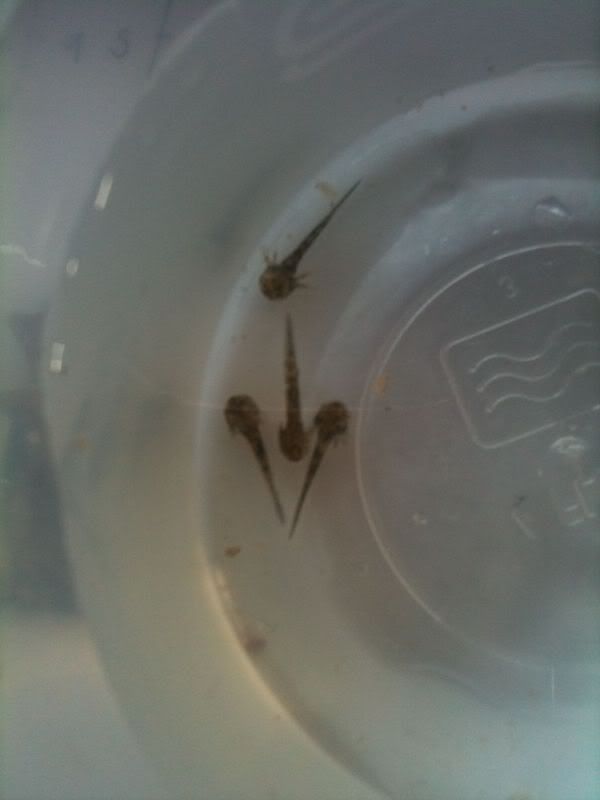I suspect your losses are down to the reletively large size of the daphnia compared to the size of an axolotl larva's mouth.
Freshly hatched brine shrimp is simply the best thing to give larvae for their first few weeks, nutritious and small enough to fit in their tiny mouths. They are also bright orange so you can see them easily in the water and in the larva's belly so you know they are feeding well.
There are many good tutorials on Youtube for making your own hatchery and for hatching and harvesting the shrimp. You can get eggs from ebay in whatever quantity you want, I got my sea salt from Asda and a white worm culture, also from ebay that I used as a standby should the shrimp crash. I had my brine shrimp hatchery running day and night for about 6 months - it's really simple. The only thing I will add is that I released the freshly harvested shrimp into a container with about half a litre of cold, dechlorinated water - effectively rinsing the shrimp of the salt water.
Keep the larvae in small tubs in groups of no more than half a dozen. 1 good feed each evening after their water change is fine - this gives them the whole night to graze. Water really needs changing every day because dead shrimp start to go bad if left longer than a day. I had a system going with 2 buckets and a nylon tea strainer. First bucket (10 litres) held dechlorinated water, 2nd bucket was for slops. I kept my babies in half litre plastic takeaway tubs (10 for £1) in groups of 5. Half fill a clean tub with water, gently empty a dirty tub, larvae and all, into the tea strainer over the slop bucket and quickly release the tiddlers into the freshly prepared tub. Dirty tubs get washed out for the next day.
Not everyone is going to agree with my methods, but I've raised more than a couple of hundred babies in the last 12 months and I've lost very few - certainly less than 10 in all.
Good luck with your tiddlers.


